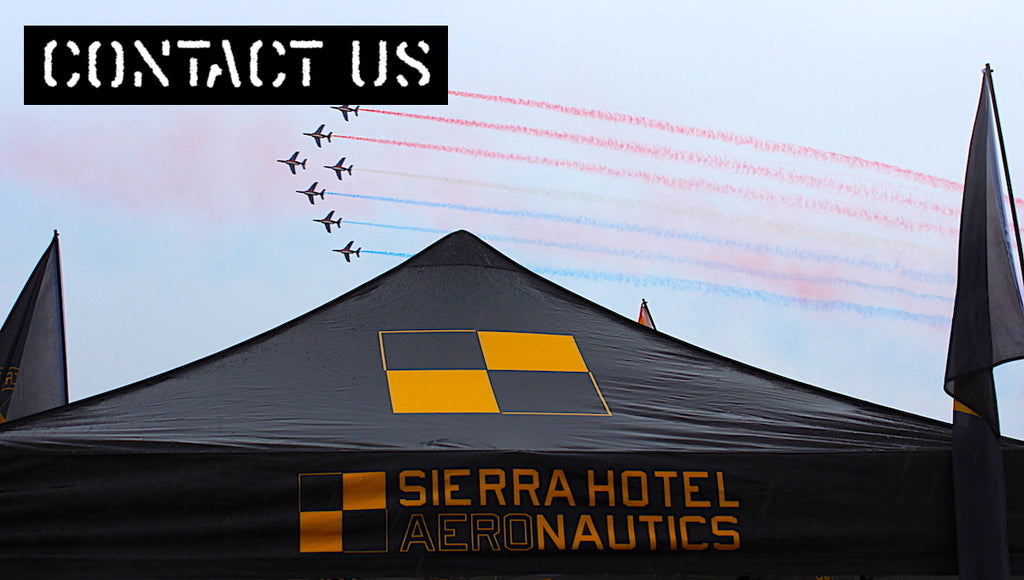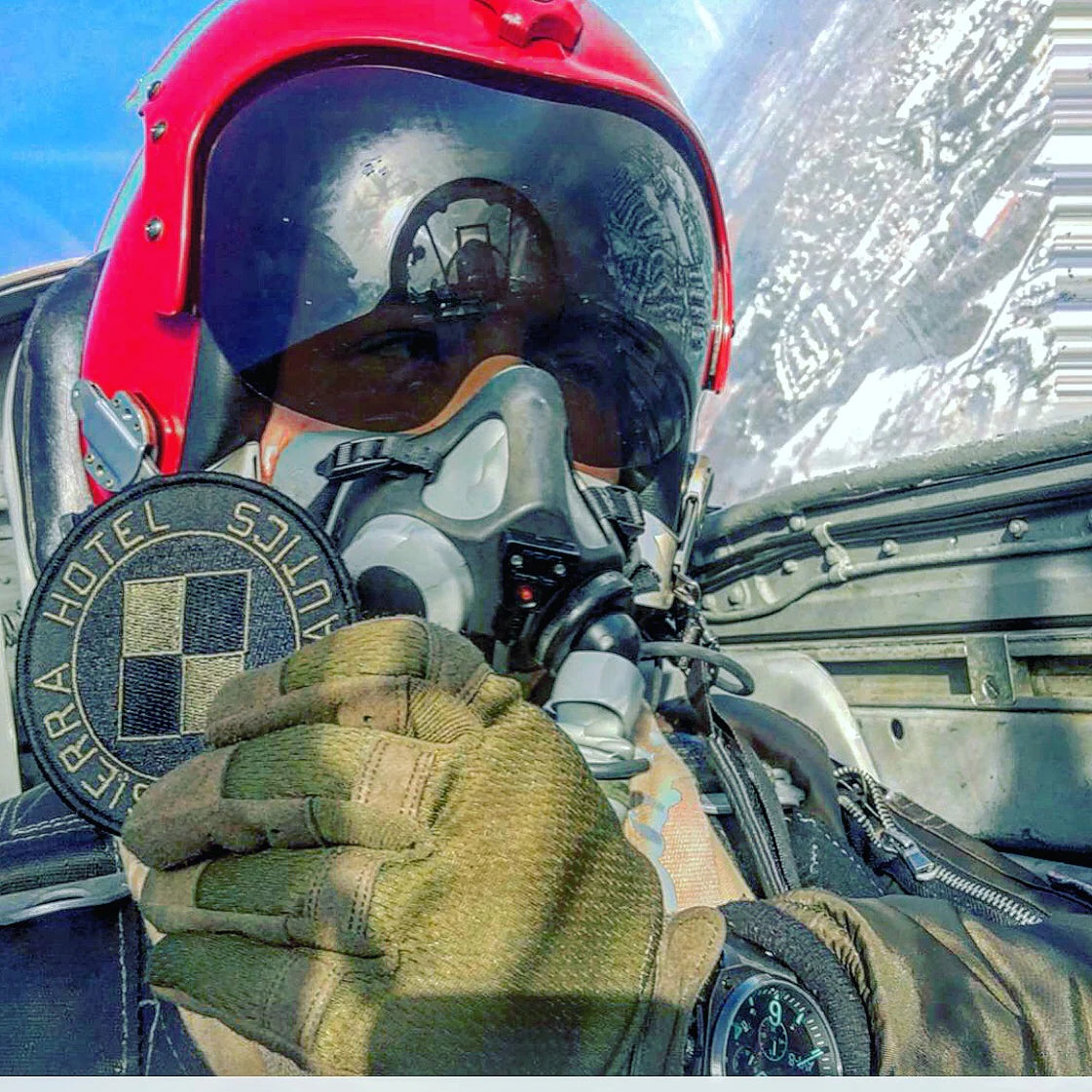Speedbird 002

Speedbird 002, G-BSST (002) first flew on 9 April 1969 from Filton to RAF Fairford.
While commercial jets took eight hours to fly from New York to Paris, the average supersonic flight time on the transatlantic routes was just under 3.5 hours. Concorde had a maximum cruise altitude of 60,039 ft and an average cruise speed of Mach 2.02, about 1155 knots (1334 mph), more than twice the speed of conventional aircraft
Due to Concorde's high-speed capabilities, every surface, such as windows and panels, was warm to the touch by the end of the supersonic flight. Besides engines, the hottest part of the structure of any supersonic aircraft, due to aerodynamic heating, is the nose. The engineers used Hiduminium R.R. 58, an aluminum alloy, throughout the aircraft due to its familiarity, cost and ease of construction. The highest temperature that aluminum could sustain over the life of the aircraft was 127 °C (261 °F), which limited the Concorde's top speed to Mach 2.02.
The menu on the Concorde Supersonic Transport included the comforts such as Dom Perignon 1969 champagne, caviar and lobster canapes, grilled fillet steak, palm heart salad with Roquefort dressing and fresh strawberries with double cream, and if you choose, Havana cigars. A tad more luxurious than Charles Lindbergh who enjoyed soggy sandwiches, water, and five cans of emergency rations as back up during his 33 hours, 29 min flight to Paris.
"The only thing that tells you that you're moving is that occasionally when you're flying over the subsonic aeroplanes you can see all these 747s 20,000 feet below you almost appearing to go backwards, I mean you are going 800 miles an hour or thereabouts faster than they are. The aeroplane was an absolute delight to fly, it handled beautifully. And remember we are talking about an aeroplane that was being designed in the late 1950s – mid 1960s. I think it's absolutely amazing and here we are, now in the 21st century, and it remains unique."
—John Hutchinson, Concorde Captain,
Amazingly, the high altitude at which Concorde cruised meant passengers received almost twice the flux of extraterrestrial ionizing radiation as those travelling on a conventional long-haul flight. Upon Concorde's introduction, it was speculated that this exposure during supersonic travels would increase the likelihood of skin cancer. Due to the proportionally reduced flight time, the overall equivalent dose would normally be less than a conventional flight over the same distance. Unusual solar activity might lead to an increase in incident radiation. To prevent incidents of excessive radiation exposure, the flight deck had a radiometer and an instrument to measure the rate of decrease of radiation. If the radiation level became too high, Concorde would descend below 47,000 feet
Speedbird 002's last flight was on 4 March 1976 when it flew to the Fleet Air Arm Museum at the Royal Naval Air Station Yeovilton, England.
During its career, Concorde 002 made 438 flights (836 hours), of which 196 flights were supersonic.
How do you like your coffee, Captain - cream & sugar?'
We are at 30 west, the half-way point between the European & North American continents, & the stewardess in charge of the forward galley is looking after her aircrew during a pause in serving the passengers' meals.
Mach 2. On autopilot, eleven miles high, moving at 23 miles a minute. Nearly twice as high as Mount Everest, faster than a rifle bullet leaving its barrel. The side windows are hot to the touch, from friction of the passing air. Despite the speed we can talk without raising our voices.
"Milk, please, & no sugar".
— Brian Calvert, the opening paragraphs of Flying Concorde, 1982.













Leave a comment